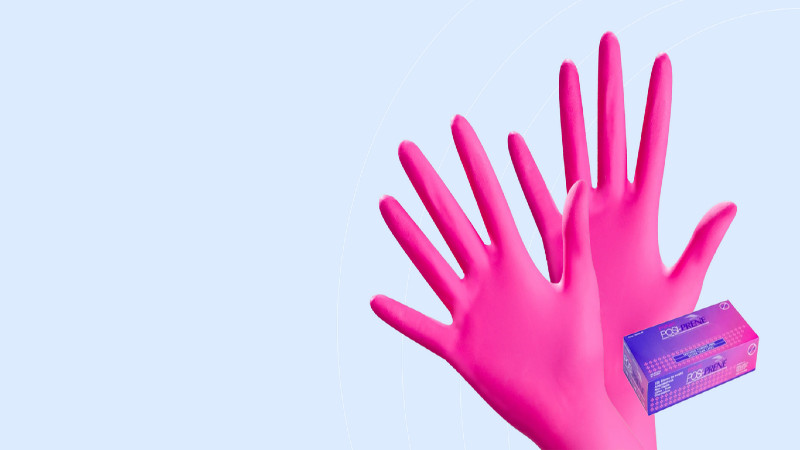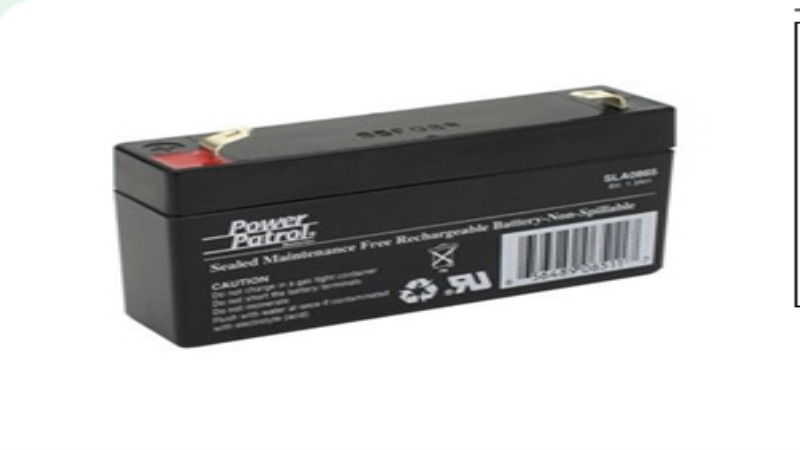In medical facilities, labs, testing facilities and in processing facilities, particularly for food and beverages, ultrasonic cleaners may be used on a regular basis to clean devices, equipment, components, instruments or any other types of items that need to be clean and sterilized.
Some types of ultrasonic cleaners may be used with water alone, but in most cases, particularly in medical and processing facilities, there will be a specific type of cleaning solution used. For medical facilities, it is typically an enzymatic detergent that is able to remove all types of organic and inorganic material from the surface.
An ultrasonic cleaner test, which can be a simple test strip that is run through the cycle with the items, is an effective way to make sure the cleaning process is complete. This ensures that the items in the machine are fully cleaned with the correct enzymatic detergent concentration, contact time, wash temperature and the action of the cleaner.
How They Work
An ultrasonic cleaner immerses the items in a basket or tray type of device into the cleaner. The liquid solution of water and detergent much cover all parts of the materials to be washed.
The machine is turned on, and ultrasound waves are used, typically at 20 to 400kHz, to create cavitation bubbles. These bubbles collide with the all surfaces of the items in the bath, bursting with pressure to remove surface contaminants. The agitation of the bubbles and liquid by the ultrasound waves ensures all surfaces on the interior and exterior of the items are cleaned.
By including an ultrasonic cleaner test in the cycle at least once a day it is possible to determine if the process was completed to the standards required. Without the ultrasonic cleaner test strip, which reads as a pass or fail, it is impossible to tell if the cycle was complete and provided the cleaning necessary to sanitize the items.







